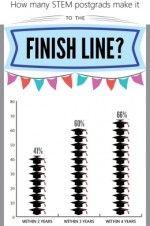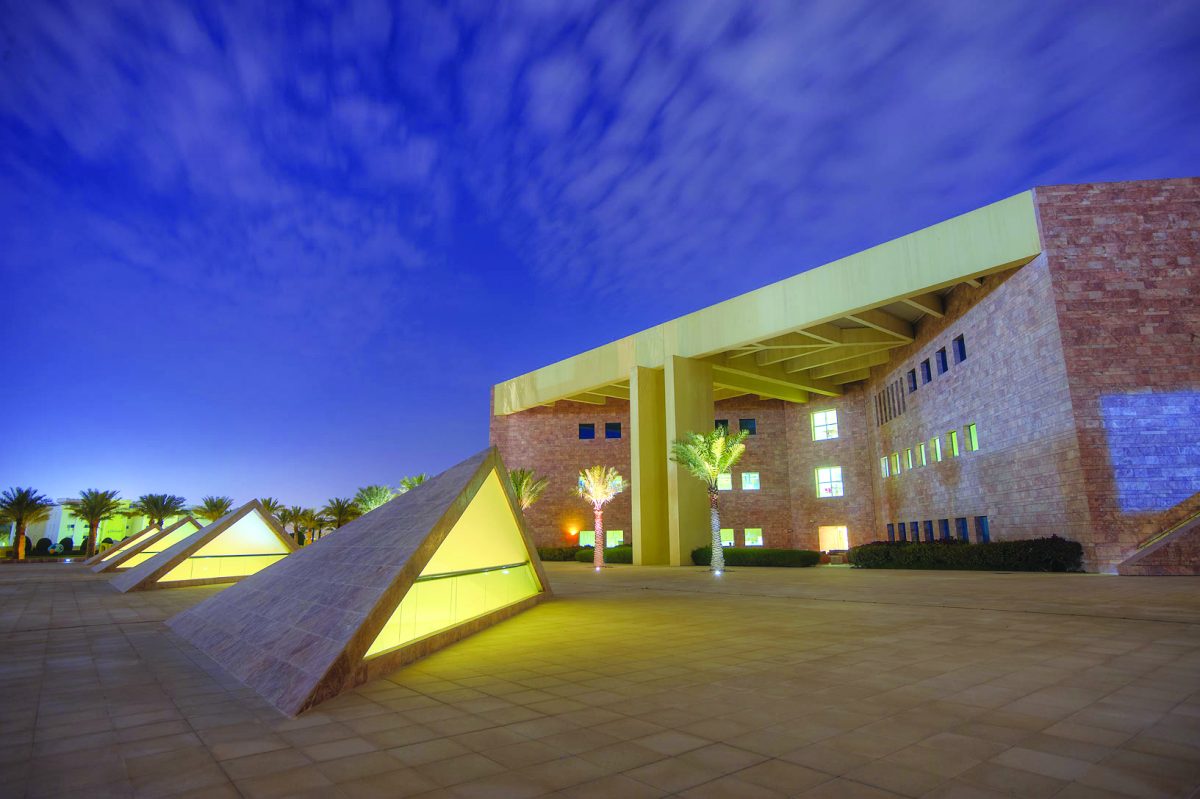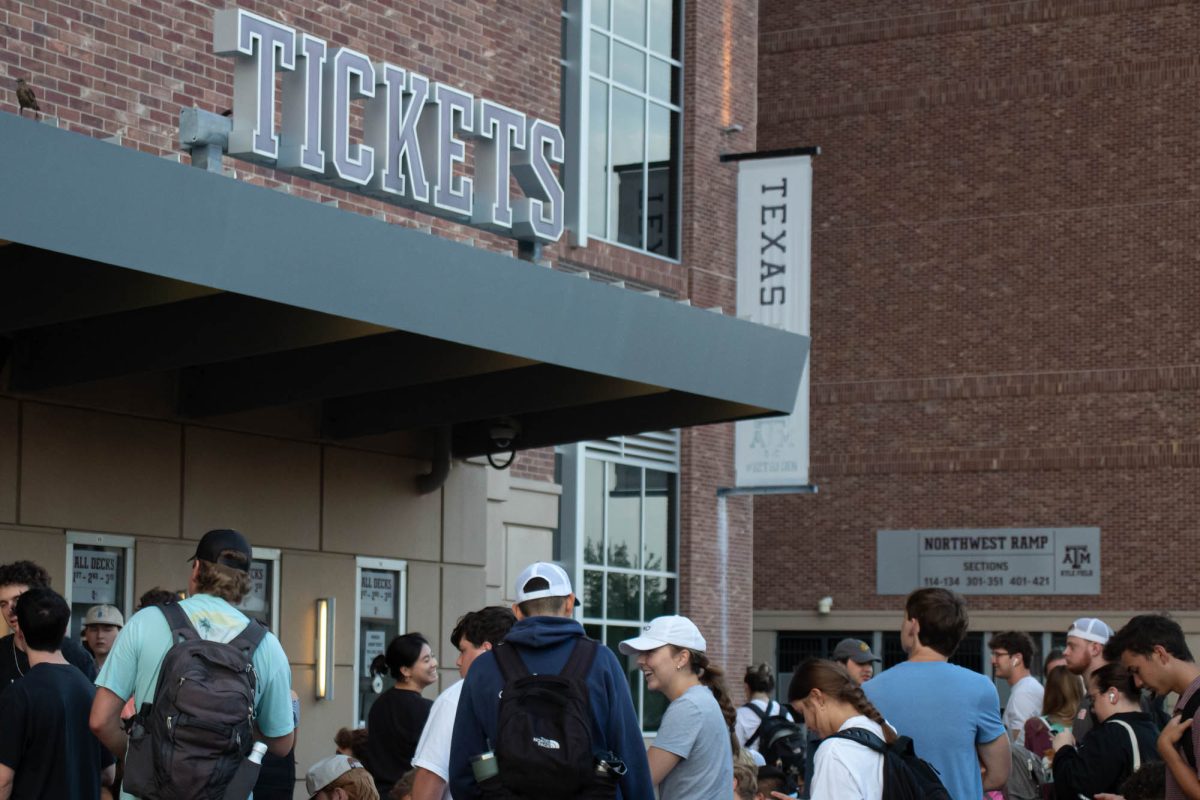Texas A&M boasts a student body of more than 50,000 students, and approximately 10,000 of those ambitious minds were not quite ready to kiss the books goodbye, finding themselves in pursuit of a post-undergraduate education.
On May 21, the Council of Graduate Schools, a collection of roughly 500 institutions with master’s and doctoral programs, released a two-year pilot study evaluating five institutions, including Texas A&M.
The study compared completion and attrition rates for Master of Business Administration programs and disciplines in science, technology, engineering and math (STEM).
Karen Butler-Purry, associate provost for graduate studies, provided the principal leadership and coordination of data collections on the Texas A&M campus.
“We were looking at master’s students, in part because of the growth and demand in these STEM fields,” Butler-Purry said. “They really are a market.”
Mark Zoran, associate dean for graduate studies and facilitator of graduate council personnel on campus, also noted the significant need for future STEM educators.
Approximately 36 percent of A&M STEM students finished in an optimal time frame of around 23 months. According to both Zoran and Butler-Purry, the number of completions increased with further time spent in the programs, but administrators remain optimistic about seeing an increase in completions for the 24
month period.
“It was a perfect fit for me,” said Sherif Mabrouk, a Class of 2011 civil engineering graduate who finished right at the 24 month mark.
The study nodded to motivation, family support and the opportunity to be a full-time student as vital contributors
to completion.
The data collected was evaluated to better understand how to efficiently accelerate the rate of completion.
One of the most prevalent problems with the lack of completion, Zoran said, was outside influences such as employment or
familial obligations.
“One of the biggest problems the student found was working simultaneously,” Zoran said. “Many of these students are older and
have families.”
Mabrouk held a part-time graduate assistant position in addition to taking a full and required course load.
“I think that had I maybe not been working, I could have finished in three semesters,” Mabrouk said
The A&M MBA program was chosen as a control for the study for its relatively consistent behavior and perceived high completion rate. Butler-Purry said although assignments for students in business programs tend to be more extensive in terms of credit hours, students in STEM programs often rely on work that is more self-initiated rather than routine curriculums and formal classrooms.
“Much work is performed outside of the classroom,” Butler-Purry said. “That is why it takes so much time.”
Attrition rates and extended graduation times were attributed to pressures such as achieving future employment and a status as full-time student. Financial obligations were also taken into account for future A&M students considering post-
undergraduate education.
“Some students are starting graduate school with a fair amount of debt,” Butler-Purry said. “It may not seem as enticing for some.”
Zoran said, due to less available resources for master’s students, there is a higher rate of completion when looking for positions such as assistantships, fellowships and traineeships. For A&M students considering a master’s degree, the CGS study could potentially further awareness for greater
financial support.
Texas A&M STEM master’s students were found to be adequately on par for completion rates with the rest of the included institutions.
Study analyzes graduate student completion rates
June 3, 2013

0
Donate to The Battalion
Your donation will support the student journalists of Texas A&M University - College Station. Your contribution will allow us to purchase equipment and cover our annual website hosting costs.
More to Discover








